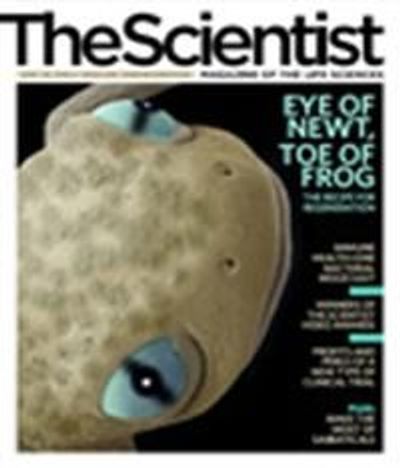Got moose?

I’m sitting in the cab of a large pick-up whose roof bristles with radio antennae, on a narrow back road in the western, more wooded part of Massachusetts. On the seat between Dave Wattles and me is a radio the size of an automobile battery with knobs and dials on top. It’s emitting a low static hum punctuated by loud chirps. The chirps are from the GPS transponder on a radio-collared moose, in this case the Peru bull, one of Wattles’s 20 or so research subjects. The louder and closer together the chirps, the closer we are to the moose. It’s April, and Wattles is doing his monthly moose check-up.
Peru shouldn’t be here, nor should any of the other moose chirping through Wattles’s device. Moose (Alces alces), according...

The Peru bull (Wattles differentiates the moose by the townships in which each was first captured, since naming them would bring them too close emotionally) is on the move, indicated by the frequency and loudness of the chirps we’re hearing. Wattles is pleased, as the Peru bull was a yearling last year, going into the winter underweight. He is now moving around, feeding on the first shoots and buds of spring.
The October Mountain bull produces sufficiently loud and frequent chirping to know that he’s moving around well. We leave the truck in a cul-de-sac cut into the woods to search for the Cadwell moose, a bull in his prime, about 5 or 6 years of age. We walk in the direction of the chirps, the footing so precarious we have to divide our attention between looking ahead and looking down. Wattles stops and whispers, “He’s right here somewhere, we’re really close.” I turn my head and look left. The moose steps out into full view about 20 meters from me. “There he is!” The moose looks at us, then turns and begins feeding. We trail after him, taking pictures and whispering to one another while the moose moves methodically from stump to stump, neatly clipping off the new shoots. The moose seems to have lost about 200 pounds, which is standard for a bull moose over the fall rut and winter’s lack of available forage.
Wattles has been amassing data on the moose for 2 years, and after another year will sort through it to see what sort of programs the state might need to implement, like a lottery-based hunt for population control. The current estimate of the population is “around” 1,000, but Wattles says there could be quite a lot more. “Moose counts are unreliable even in states with hunts,” he adds. (The estimated Maine moose population is 25,000–50,000.)
Surprisingly, the Massachusetts moose seem to gravitate to areas that have been recently logged, Wattles has found, since these areas provide good moose food in the form of recent sprouts from stumps and young saplings. The moose clip off the emerging buds as neatly and evenly as the best hedge trimmer. That leaves loggers concerned, however, that the forest will not regenerate with continued moose browsing. Still, the species’ resourcefulness is remarkable, Wattles says. “What we’re learning is that with a good genetic base and enough suitable habitat, populations will recover if we leave them alone.”
Interested in reading more?




